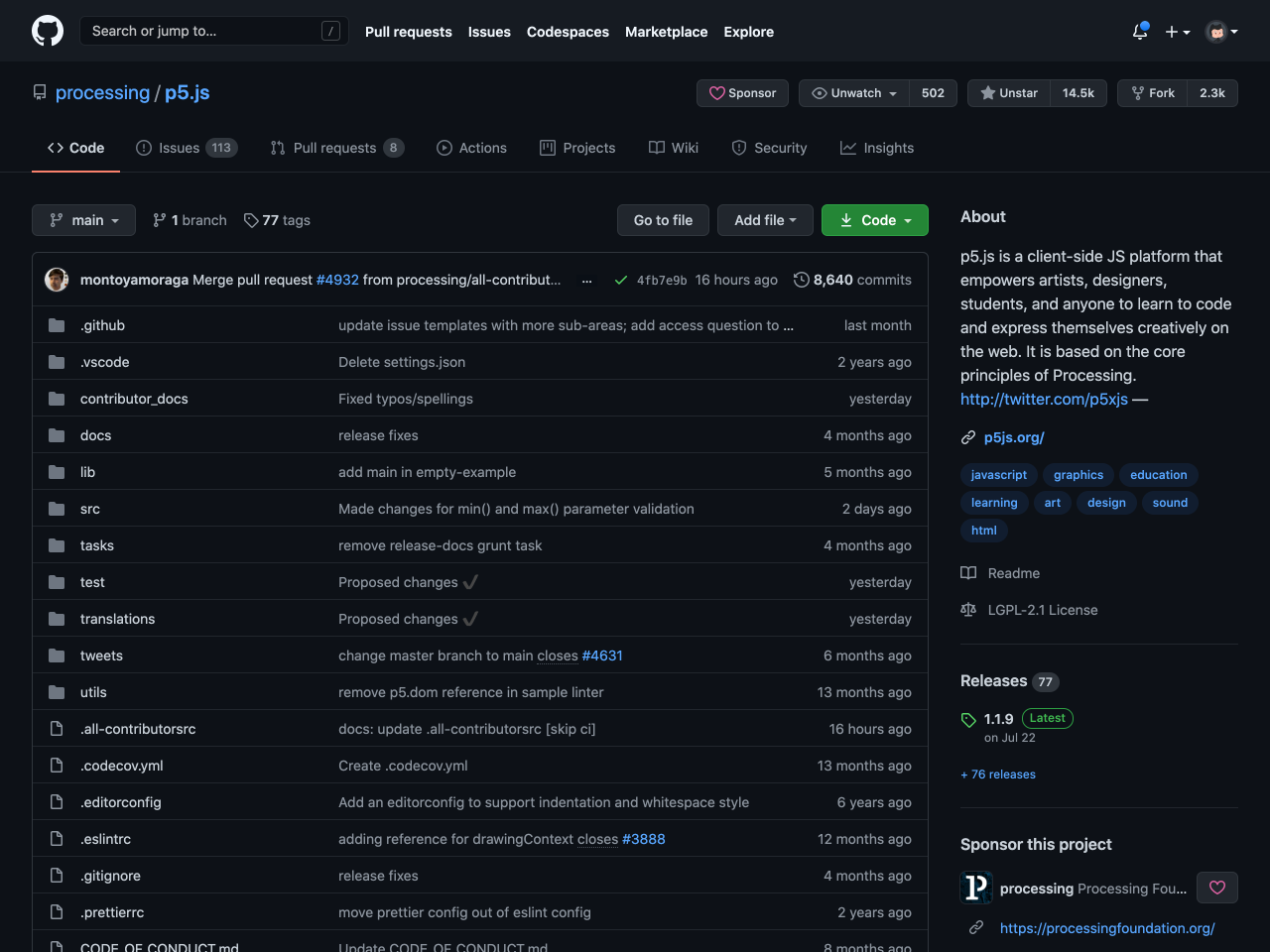News: Macron promotes European tech ecosystem in an interview with Zennström
French President Emmanuel Macron sat down with Niklas Zennström for an interview on the European tech ecosystem. Macron listed everything that’s needed to create European tech giants that compete with the biggest American and Chinese tech companies. According to him, Europe needs to focus on “financing, integration of our markets and an actual single market,
French President Emmanuel Macron sat down with Niklas Zennström for an interview on the European tech ecosystem. Macron listed everything that’s needed to create European tech giants that compete with the biggest American and Chinese tech companies.
According to him, Europe needs to focus on “financing, integration of our markets and an actual single market, regulation for privacy and technological innovation, and having European data, a European cloud and European technologies to be sure that we don’t depend on others,” Macron said.
Zennström founded Skype and is currently running prolific investment firm Atomico. As Zennström isn’t a reporter, he wasn’t particularly confrontational during the pre-recorded interview. Earlier today, his firm released its annual State of European Tech report and held a virtual conference that featured Macron’s interview.
In the report, you can see that French startups attracted over $5 billion in funding rounds in 2020. Macron listed some of the reasons why French startups have been growing, including the French Tech Visa, some tax reforms (flat tax on capital gains and the end of the wealth tax except on real estate), some private efforts to improve diversity, such as Station F and Ecole 42, etc.
But Zennström didn’t come to the Elysée Palace for Macron’s year-end performance review. Macron wants to foster a truly European tech ecosystem without borders. “We need European financing, European solutions, European talent. Now, when you look at the map, we have what we call the GAFA in the U.S., the BATX in China and GDPR in Europe,” Macron said.
“We have regulation, fair point. But we don’t have the equivalent of these very, very large caps,” he added.
According to him, it starts with European financing. Last year, the French government has convinced institutional investors to invest more heavily in late-stage tech companies. Other countries should follow suit to create more public tech companies in Europe.
Earlier this year, the French government unveiled an ambitious support plan for startups during the economic crisis. “It’s been copied by other European countries,” a source close to the president said.
But Macron doesn’t want to be the inspiration for other countries. He wants to position himself as the leader of a single European tech ecosystem.
“We need an actual European digital market. Today, a lot of entrepreneurs have to deal with 27 regulations. This why the different directives arriving in the coming weeks, around mid-December — for digital services and digital markets — are critical,” he said.
And yet, the current economic crisis has shown us that European governments all have their own stimulus plans. In Europe, when it comes to taking ambitious economic decisions, it’s hard to find common ground. Let’s see if the same is true with tech ecosystems.




